
What is honey?
Honey is a naturally sweet substance produced by bees from plant nectar, or from secretions from the live parts of plants, or secretions of plant sap-sucking insects, which bees collect and convert, by blending it with special substances in their bodies. They then remove excess water, as they deposit and store it in the honeycombs of the hives for it to mature.
In simple terms, in order to produce honey, bees make use of nectar as the key raw material which they collect from blossoms and/or the natural juices that certain plants secrete and/or the juices which certain insects secrete, feeding themselves from these sources. Following this, they combine these juices with specific substances in their bodies, and once excess water has been removed, they produce honey, which they store in honeycombs.
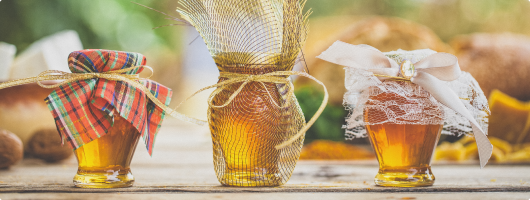
Types of Honey
Honey is divided into two categories. Floral or nectar honey which is derived from the nectar of plants, and honeydew honey, which is derived from the natural secretions of plants and sap-sucking insects that feed off these plants.
“ Floral Honey „
Orange, thyme, eucalyptus, rosemary, lavender, willow and acacia are a few types of honey derived from the nectar produced by the respective plants.
“ Honeydew Honey„
Pine and fir honey are a few examples of honeydew honey, but these are not produced in Cyprus.
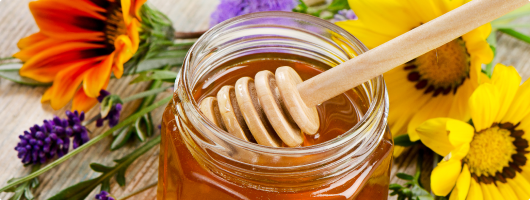
A Thousand Flowers, A Thousand Types of Honey
Theoretically, bees produce as much honey as the plants that provide nectar and honeydew. In practice however, we don’t have this much honey available because the quantity produced is limited. Every area produces its own honey in accordance with the amount of bloom which characterises the region.
If a given region is not largely characterised by a specific kind of bloom, for example orange or thyme, then the honey produced will be polyfloral honey. On the other hand, if the area is characterised by one dominant kind of plant, then the honey will take on these distinct characteristics, in other words the given taste, aroma and colour, and it will be named accordingly. Eg. Thyme honey.
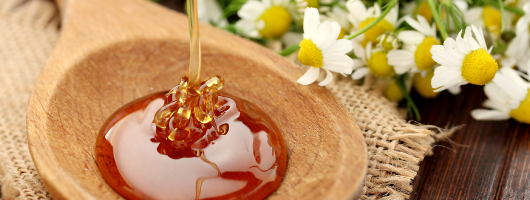
The Quality of Honey
The quality of honey depends on the beekeeper and the bottler. When the correct practices are in place, both regarding beekeeping and bottling, the quality of the honey remains high, while the flavour, aroma and colour remain intact, just as nature intended.
The Most Expensive Honey
The most expensive honey is that which is produced in small quantities and is in great demand from consumers. It is for this reason that in Cyprus, thyme honey is more expensive than the rest. Honey that is respectively produced in large quantities and has little demand, is cheaper in price.
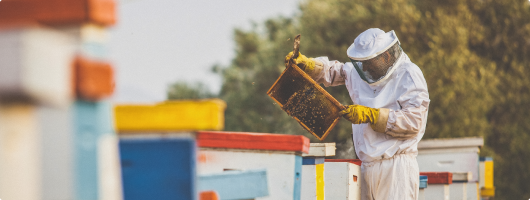
The Best Honey
Honey derived from different areas varies significantly when it comes to taste, aroma and colour, because each variety comes from different plants and is produced in areas with different climatic conditions. The difference in nutritional value however is minimal. The chemical composition of honey is almost the same in every case.
The best honey is that which we enjoy the most. What is the crucial factor is that it has been produced in accordance with correct beekeeping practices. This means that the beekeeper has ensured that the natural characteristics of the honey remain intact.
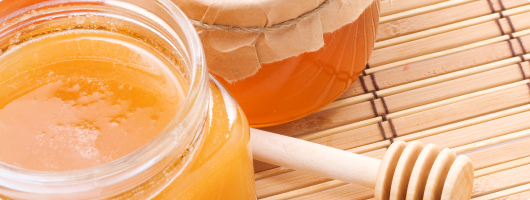
Crystallisation
The crystallisation of honey is a natural process and it does not affect its nutritional value. The basic factors which contribute to crystallisation is the amount of glucose and water which it contains. Therefore, honey with a high glucose content crystallises very quickly (1-2 months) as is the case with heather honey, while honey that contains less glucose crystallises at a later date or not at all eg. Acacia honey.
When honey crystallises, then it is fine to consume it in this way. If we want to restore it to each original state, then we can warm it up in a bowl over some steam on a hot stove, or heat it in the microwave for a few seconds and then give it a stir.
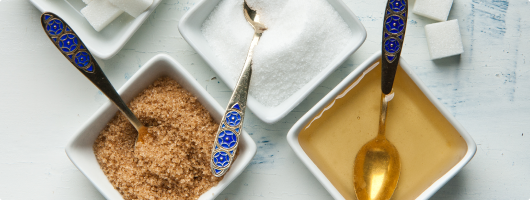
Sugar or honey?
The choice depends on our individual preferences. We must however be aware that sugar is a manufactured product with all of its nutritional ingredients extracted during the production process. Honey on the other hand, is a natural food source produced by bees and contains more than 180 natural ingredients. Sugar is a sweet substance lacking in flavour and aroma, while honey has a unique taste and flavour in accordance with the blossoms that it is derived from.
Sugar weakens the immune system and can lead to obesity. Honey is easy to digest, has a high nutritional value, and is a good source of antioxidants while also aiding the good function of the endocrine glands, regulating bowel functions and protecting against allergies, while helping to strengthen and soothe the body.
The Nutritional Value of Honey

Carbohydrates
Carbohydrates are the main component of honey, at a value which fluctuates between 70-80%. The two main carbohydrates in honey are fluctose and glucose, both evident in approximately equal amounts. Honey also contains other carbohydrates in smaller amounts.
Minerals and Trace Elements
There are approximately 0,17% minerals and trace elements found in honey. The most basic of which are potassium, sodium, calcium, phosphorus and magnesium.
Vitamins
Honey contains a few vitamins including Α1, Β1, Β6, Β12, C, D and E.
Water
Honey is made up of about 16-17% water. The amount of water in the honey depends on the climatic conditions where it is produced. Due to Cyprus’ warm climate, its honey is very low in water content, accounting for its thickness.
Protein & Amino acids
Honey contains small amounts of protein and amino acids.
Enzymes
Enzymes are present in honey in small amounts. They are produced almost in entirety by the glands of the bees, and it is these glands that are responsible for converting the nectar and the honeydew of plants into honey.
